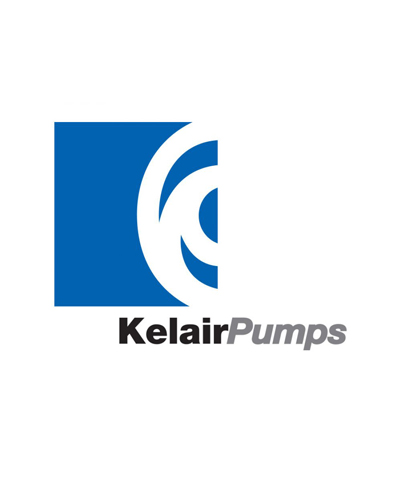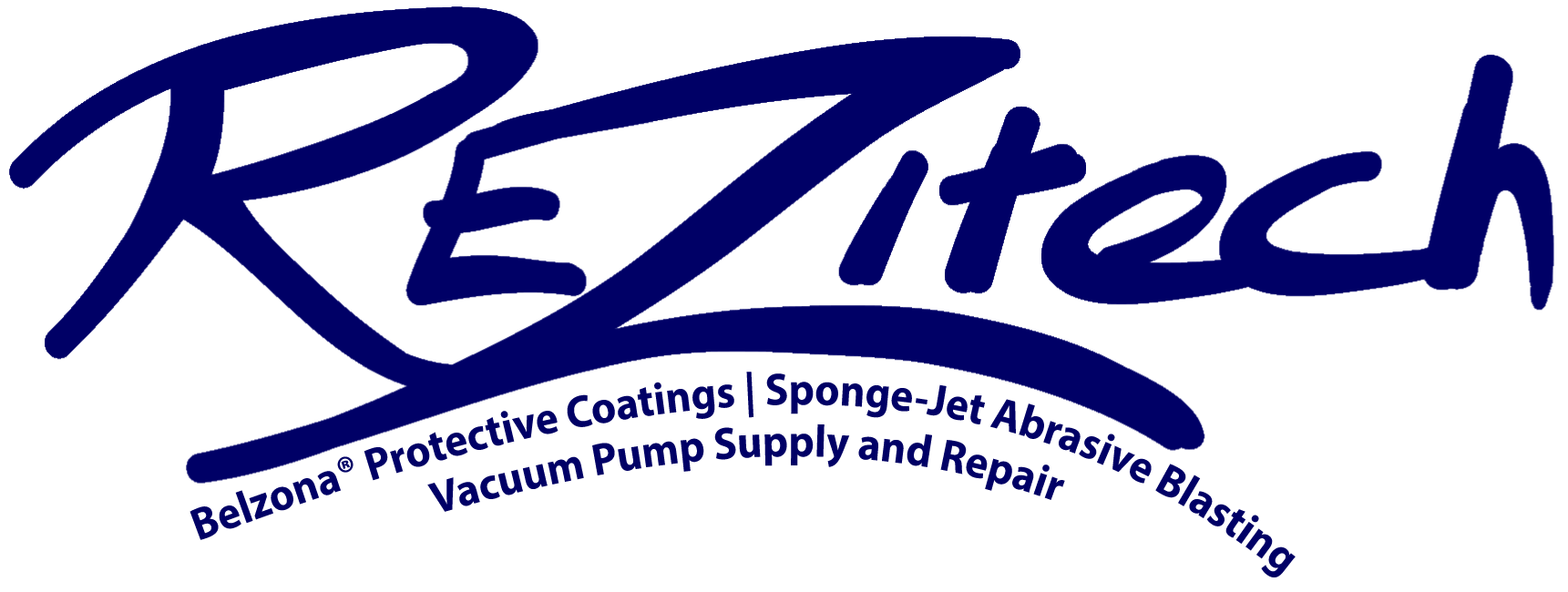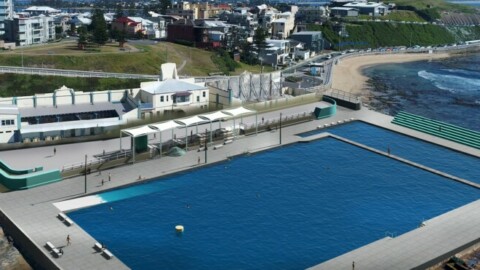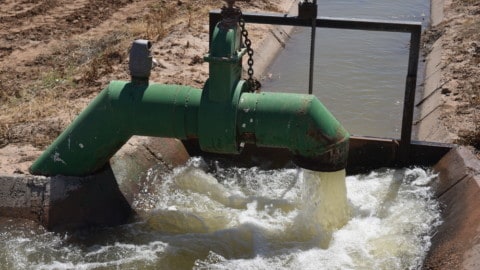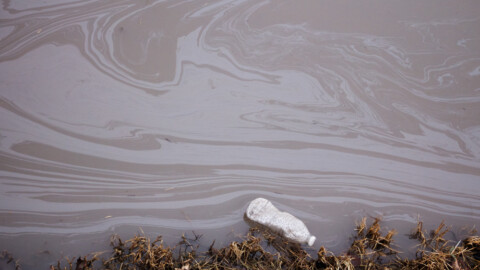The need for water and wastewater capacity is continually growing on a global scale, and with rising energy costs and a greater emphasis on being green, the users and designers of pumping systems in this industry are realising the need for more efficient designs and practices. It is estimated that water/wastewater facilities account for 35 per cent of typical municipal energy budget (1). With pumping systems being responsible for much of this power consumption, design optimisation can result in significant energy savings.
In fact, a considerable number of users, suppliers and designers in all industries, as well as government agencies and industry consortiums, are developing and implementing strategies to improve the energy efficiency of industrial equipment. In most cases, the potential savings are significant. With a 10 per cent increase in the energy efficiency of US drinking water and wastewater systems the nation would collectively save approximately $400 million and five billion kWh annually (1).

Figure 1. PIPE-FLO lift station model diagram.
According to the US EPA, “Incorporating energy efficiency practices into their water and wastewater plants, municipalities and utilities can save 15 to 30 per cent, saving thousands of dollars with payback periods of only a few months to a few years” (2).
With the number of pumping stations found throughout water distribution and wastewater collection systems, there are many opportunities for improving energy efficiency. However, with the seemingly endless variety of design options, finding the optimal solution can be daunting.
Fortunately, for the modern engineer, fluid piping software provides the necessary analysis to design an efficient pumping system or evaluate current installations for potential improvements.

Figure 2. Force main resistance curve indicating duty and jockey pump operating points.
Fluid piping software packages typically allow the user to evaluate a system under different design and operating conditions, as well as determine operating costs for various pump models and configurations. Some even allow the user to perform a complete lifecycle cost analysis.
This considers capital, operating, and maintenance costs in order to assess the true cost of the system. Fluid piping software is a powerful tool with which the user can evaluate pumping system designs and determine the most efficient and cost-effective approach with relative ease.
Though fluid piping software has been in existence for over 35 years, it has only recently received considerable attention. This software allows engineers to conduct the type of rigorous design evaluations that they have not previously been able to perform.
In the past, we have often relied on standard designs for new pumping system installations. For example, typical design practice for lift stations has involved specifying a duplex pumping arrangement in which each pump is sized for peak capacity.
The units alternate operation to ensure even wear and the duplex configuration allows one pump to be taken offline for maintenance. This basic design has not changed much in the past 50 years, and for good reason, it works and provides redundancy to avoid major failures (3).
Clearly,the inherent design is sound, but with the proper software solution, we can look at ways of improving the system which will lead to greater energy efficiency and lower maintenance and operating costs.

Figure 3. Jockey pump curve plotted against system resistance curve ( red arrow indicates intersection).
Let’s consider a case where we have an existing lift station and would like to look at ways to optimise the design for improved energy efficiency. The current system includes a wet well lift station with two 40hp submersibles pumping into a 5000ft, eight-inch force main. There is an elevation gain of about 55ft from the discharge of the submersibles to the inlet of the gravity sewer.
Figure 1 shows a schematic of the lift station model created with Engineered Software’s PIPE-FLO Professional. The daily capacity of the system is approximately 320,000 gallons and the pumps are sized for a peak design flow rate of 800gpm at 101ft of head. Currently, the average pump operation is about 6.7 hours per day. Assuming a power cost of $.10 per kWh, the annual energy usage and cost to operate the lift station is 56,931kWh and $5693, respectively.
By modelling the lift station in PIPE-FLO with all necessary design information and operating conditions, we can quickly identify where the inefficiencies lie. At the peak design flow rate of 800gpm, there is an excessive head loss of 57ft through the force main, which can essentially be thought of as wasted energy that has been put into the pump. From Figure 2 we can see that the head loss in the force main can be drastically reduced by lowering the flow rate, a result of the characteristic second order relationship between head loss and flow rate in a pipe.
Considering the pump only needs to be capable of delivering the peak flow rate a few times throughout the day, by operating the lift station at a reduced flow rate we can significantly lessen energy usage and operating cost.
To accomplish this, some lift station designers are employing the use of a jockey pump, which is typically less than 10 hp and is included in addition to the traditional duplex pump configuration. The main duty pumps are run only a few times a day during peak hours while the jockey runs most of the day to pump the off-peak inflow to the lift station (3).
Using hydraulic simulation software, it was determined that a flow rate of about 160gpm for the jockey pump would be sufficient for off-peak operation and would reduce the head loss in the force main from 57ft to 3ft, as shown in Figure 2. The jockey pump will run for about 18.3 hours per day at the design flow rate and the duty pump will run about three hours per day. A 3hp jockey pump was selected from within the software by digitally searching a manufacturer’s catalog for pumps that satisfied the design specifications of the lift station model.
Looking at the system resistance curve plotted against the pump curve in Figure 3, we can see that the pump will be operating just to the left of its BEP. Certainly, a pump with higher overall efficiency that intersected the system resistance curve closer to the pump’s BEP could have been found, but for the example, only a single manufacturer’s catalog was utilised. Regardless, the chosen pump is operating at an efficiency of 72.3 per cent and the flow rate falls within 88 per cent of the BEP flow, which should help to ensure prolonged life.
After assessing the performance characteristics of the jockey pump, its operation in the lift station model was evaluated. The only concern encountered with using the jockey pump was a potential accumulation of solids in the force main, due to the lower flow rate. The velocity through the force main at 160gpm is about 1ft/sec, less than the minimum recommended 2ft/sec for solids removal. However, the operation of the duty pump during peak hours should be sufficient to prevent clogging.
An operating cost analysis performed in the software showed that the new design would consume 43,621kWh per year with an annual cost of $4362. It is clear from the analysis that the use of a jockey pump will significantly reduce the energy usage of the lift station. Table 1 shows a comparison of the two designs, which indicates an annual cost saving of $1331 and energy savings of 13,310kWh.
Despite the long daily runtime of the jockey pump, its low power consumption results in an overall more efficient system. The 3hp jockey pump should not require a significant investment and the payback period would likely justify the expense.
Additionally, the reduced daily run time of the duty pumps will help to increase their lifetime and reduce their maintenance costs. Since the duty pumps represent much greater capital and maintenance costs compared to the jockey pump, this design benefits from not only operating cost savings, but also should yield a significantly reduced lifecycle cost for the lift station.
The example illustrates how fluid piping software can be used to quickly evaluate the efficiency of any pumping system. In less than an hour, I was able to model the lift station, determine the energy usage, evaluate and select a pump for the new design, and compare the energy usage and operating cost of both designs. However, where the benefit of software really becomes evident is when we compound our analysis by evaluating all design options and elements.
If we were designing a new pump station, we might have considered a triplex pump arrangement or the use of variable frequency drives to achieve operation at lower flow rates during off peak hours. Combine the different designs with the myriad of pump models available from a variety of manufacturers and the thought of performing the necessary calculations by hand or spreadsheet methods seems, if not impossible, considerably time consuming and error prone.
Fluid piping software enables us to easily model the different designs, quickly select the appropriate pumps from digital catalogs, and compare the energy use and operating costs of all the design scenarios. Along with the overall ease of use, the software also provides graphs, reports and other presentation materials to aid the project. Whether designing wastewater lift stations, booster stations in water distribution networks, treatment facilities, or any other piping systems, the accuracy and flexibility of fluid piping software will certainly facilitate the design of a highly energy efficient and cost-effective system.
ABOUT THE AUTHOR
Ray T Hardee, PE, is the Chief Engineer and a principle founder of Engineered Software Inc., creators of PIPE-FLO® and PUMP-FLO® software. The PIPE-FLO product line helps some of the largest companies across a variety of industries find hidden profit in the design and operation of their fluid piping systems through simulation software, modelling services, and training opportunities. Hardee is a member of the Hydraulics Institute, ASME Energy Assessment for Pumping Systems standards committee and ISO Pumping System Energy Assessment committee. Hardee’s publications include Piping System Fundamentals and contributions to HI’s Pump Life Cycle Cost and Optimizing Piping Systems. He can be reached at [email protected]



